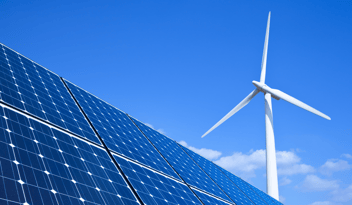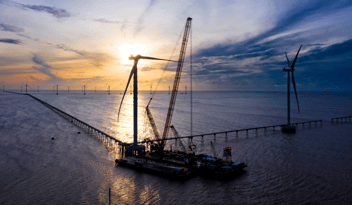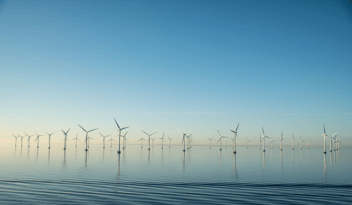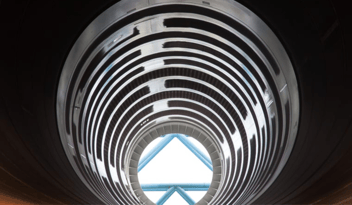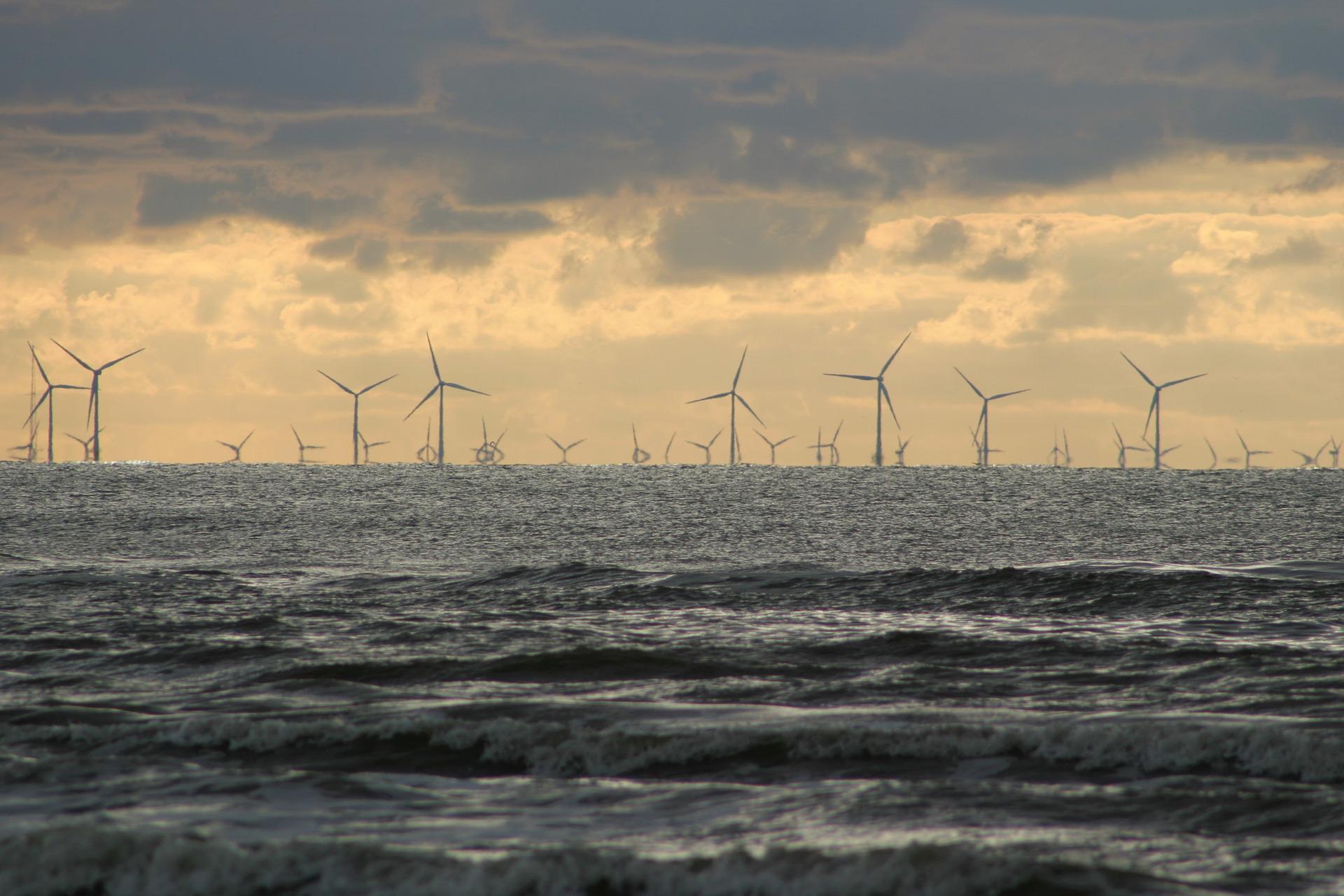
What potential does the Baltic States hold for offshore wind?
According to a report for the European Union carried out in 2019 there is a total of 93GW of offshore wind potential in the Baltic States. These markets – Estonia, Latvia and Lithuania – are putting their collective foot on the accelerator to prepare for the big task ahead.
But what potential do the Baltic States have for offshore wind development? And with newer technology ever emerging, will these countries leap ahead with hydrogen and other storage technology, or rely on tried and tested traditional solutions?
Baltic States potential
In 2020, eight states surrounding the Baltic Sea signed a declaration with the EU Commission to accelerate the build-out of new offshore wind in the region. Fast forward to now and things really have progressed.
The three Baltic states of Estonia, Latvia and Lithuania - top to bottom for the non-geographers - have all started the process of planning their leasing potential. Lithuania has already confirmed an offshore auction in 2024 for 700MW, with three more potential 700MW auctions to follow in the coming years. Although this will be the first offshore wind auction in the Baltics, Estonia and Latvia are going to be hot on Lithuania’s heels with their own developments and routes to market.
Estonia is on a similar track, but with a slightly different agenda. Their plans are, in some areas, more speculative, therefore less formal but there are already a few companies with big stakes in Estonian offshore wind with projects currently in early development. And Latvia, although slightly behind the others in terms of plans, has great potential to become a strong part of this ambitious trio.
A focus on Lithuania
In order to unlock some of this offshore wind energy potential in the Baltic States, some hurdles will need to be overcome.
Up to 2019, the trio of Baltic states were dependant on electricity imports to meet their demand and for Lithuania this import was, to some extent, driven by the final closing of the Ignalnia nuclear station in 2009. There is strong demand for development in the region, and we expect the first auction to be highly subscribed. Lithuania has taken an approach similar to that of the other mainland European countries, where some of the early development processes have already been completed, speeding up the development timeline. However, this auction round is only for a 700MW single site, so competition will be fierce and we can expect local developers to have a strong hand in the bidding.
Lithuania is blessed with reasonable water depths and suitable seabed conditions, so is able to use traditional fixed bottom monopiles meaning that most of the region can rely on tried and tested technology while enjoying the economic benefits that monopiles present over jackets or newer technology like floating foundations. There may be later projects that require more innovative approaches however the fortunate early entrants will be able to reap the benefits of the stable conditions, though a considerable amount of port development work will be necessary to facilitate local handling. However, the port and the surrounding industry does present opportunities for local content provision.
Lithuania has confirmed its ambition to be 45% renewable by 2030, including heat, electricity, cars and more. It’s a tough target and a really ambitious commitment but as a small country of around 2.8m people, it is achievable.
The country has already taken a significant step towards removing some of the onshore planning barriers, for example the announcement of a ‘Breakthrough Package’ which will see some projects avoid full planning permission including EIA and land use changes. The relaxing of these rules and the single point of connection provisions should significantly speed up onshore and solar development. This is a great move with the aim of speeding up the energy transition, so now they should look at how to remove barriers to offshore development. A note of caution is the new ‘setback’ distance for onshore wind may create some barriers to new projects.
The combination of the three neighbouring countries developing at the same time is going to increase the local volume significantly, possibly allowing projects in Lithuania, Estonia and Latvia to share facilities such as ports and encourage demand for investment in a common, local supply chain.
The recent conflict in Ukraine has focused the minds of the Baltic States to begin seeking energy independence, with the aim of decoupling from overseas oil and gas, and this ups the pressure to meet these targets. Steps towards the Baltic States moving electrically away from the older BRELL network and towards synchronising with the European Network by 2025 will also focus attentions on energy independence.
K2M in the Baltics
Last month, we signed an agreement with Estonian developer, Sunly, to consult on the development of its pipeline of offshore wind projects, providing the engineering support for feasibility and concept. We will work on energy analysis and actively engaging in the environmental and permitting aspects of their portfolio, specifically in the Baltic Sea.
We are currently conducting pre-development studies and research for those projects, advising Sunly on how best to enter the Baltic market successfully. We will guide them on the upcoming auction in Lithuania in 2023 where we see many strong developers positioning themselves for entry.
There’s a lot going on in the Baltics, and it’s moving quickly, so there’s a lot to be excited about.
